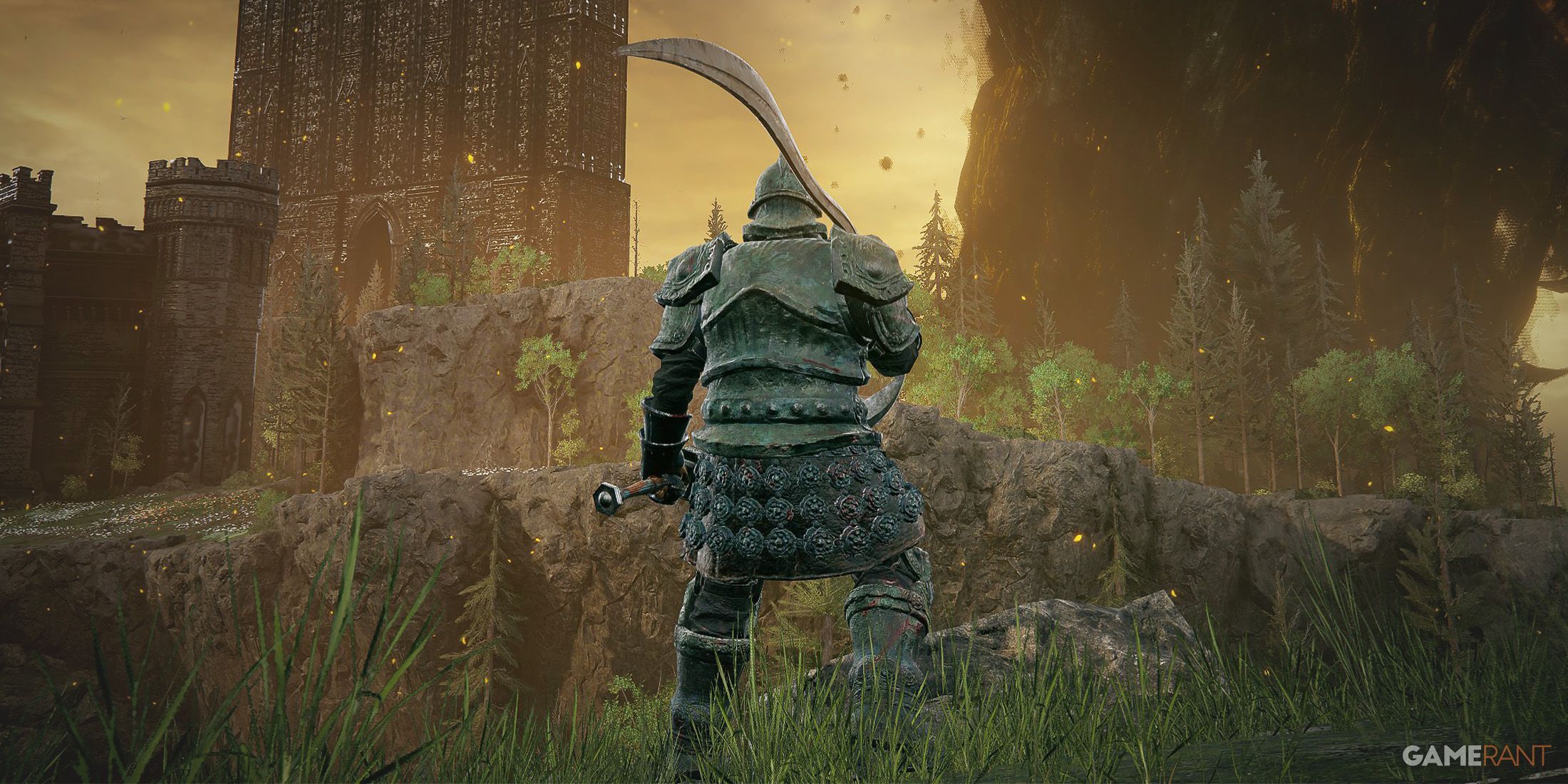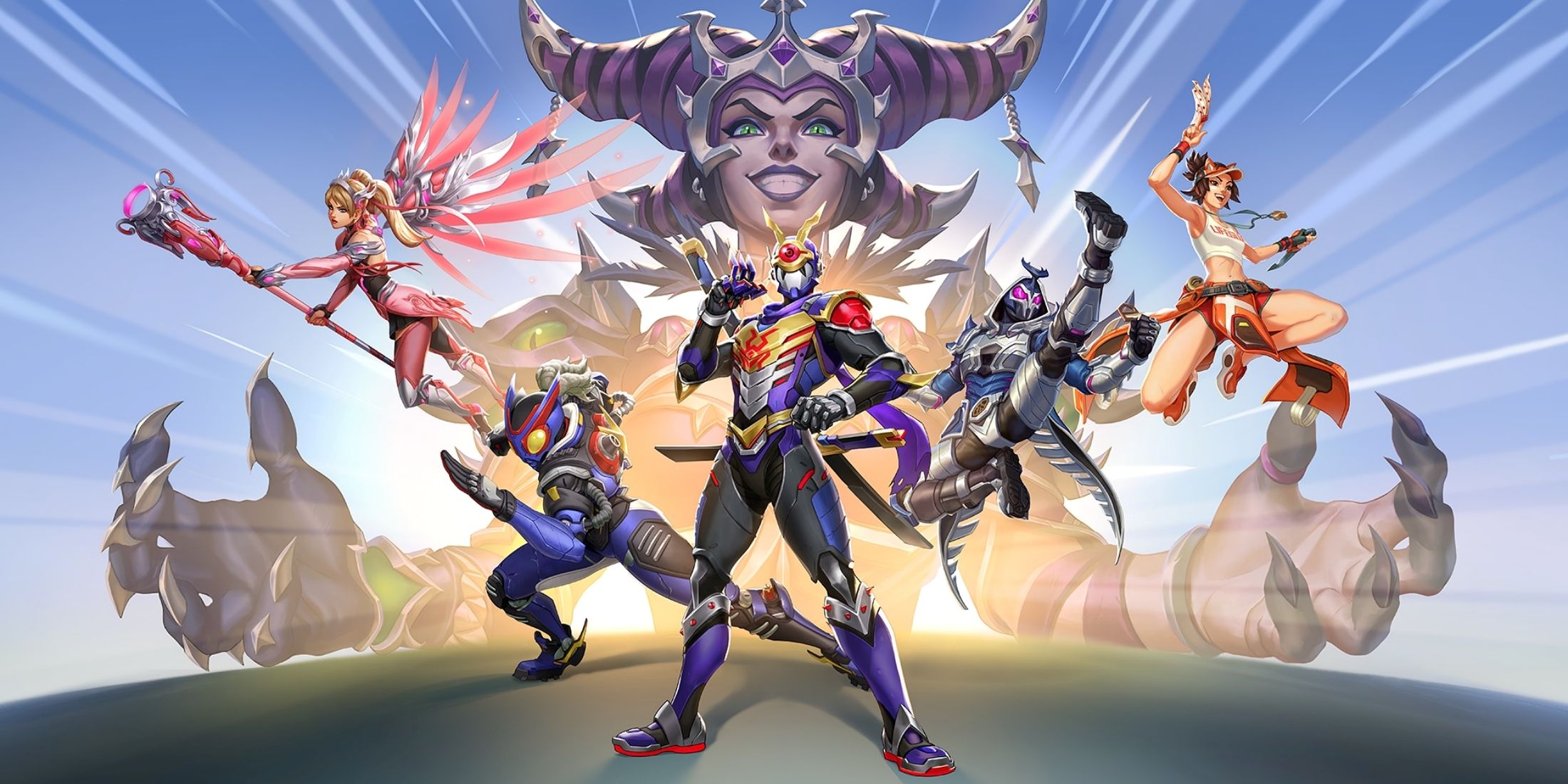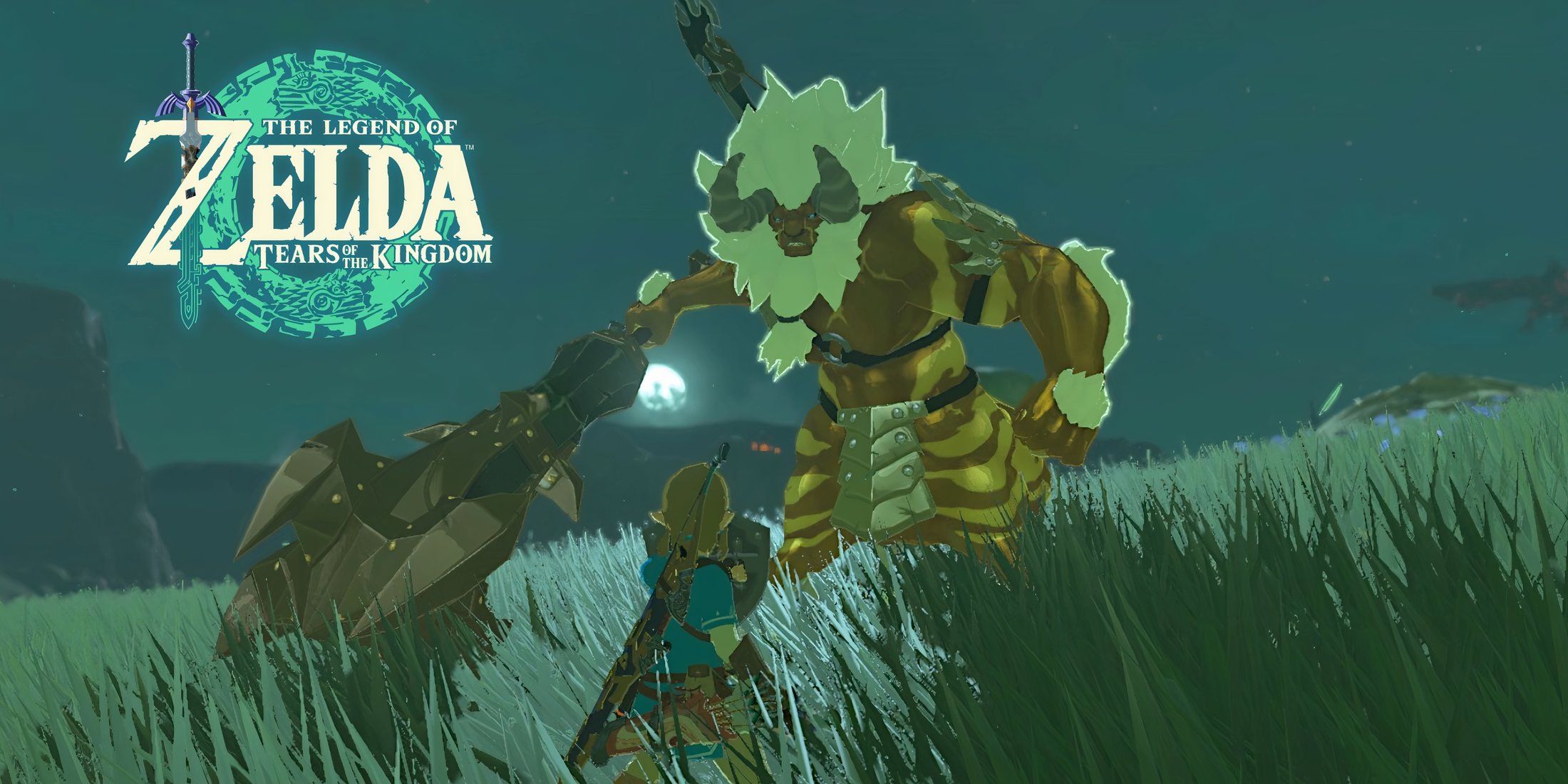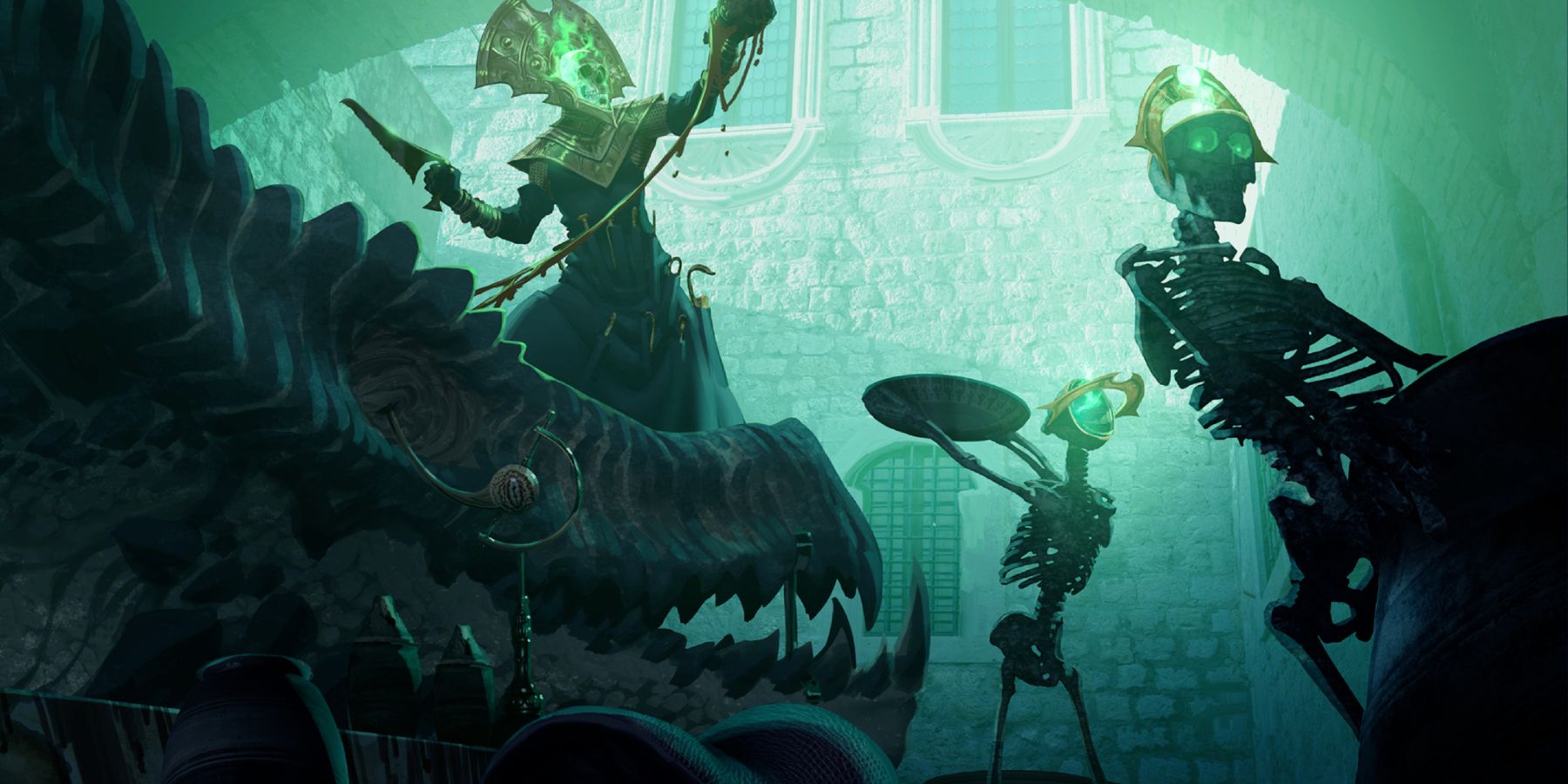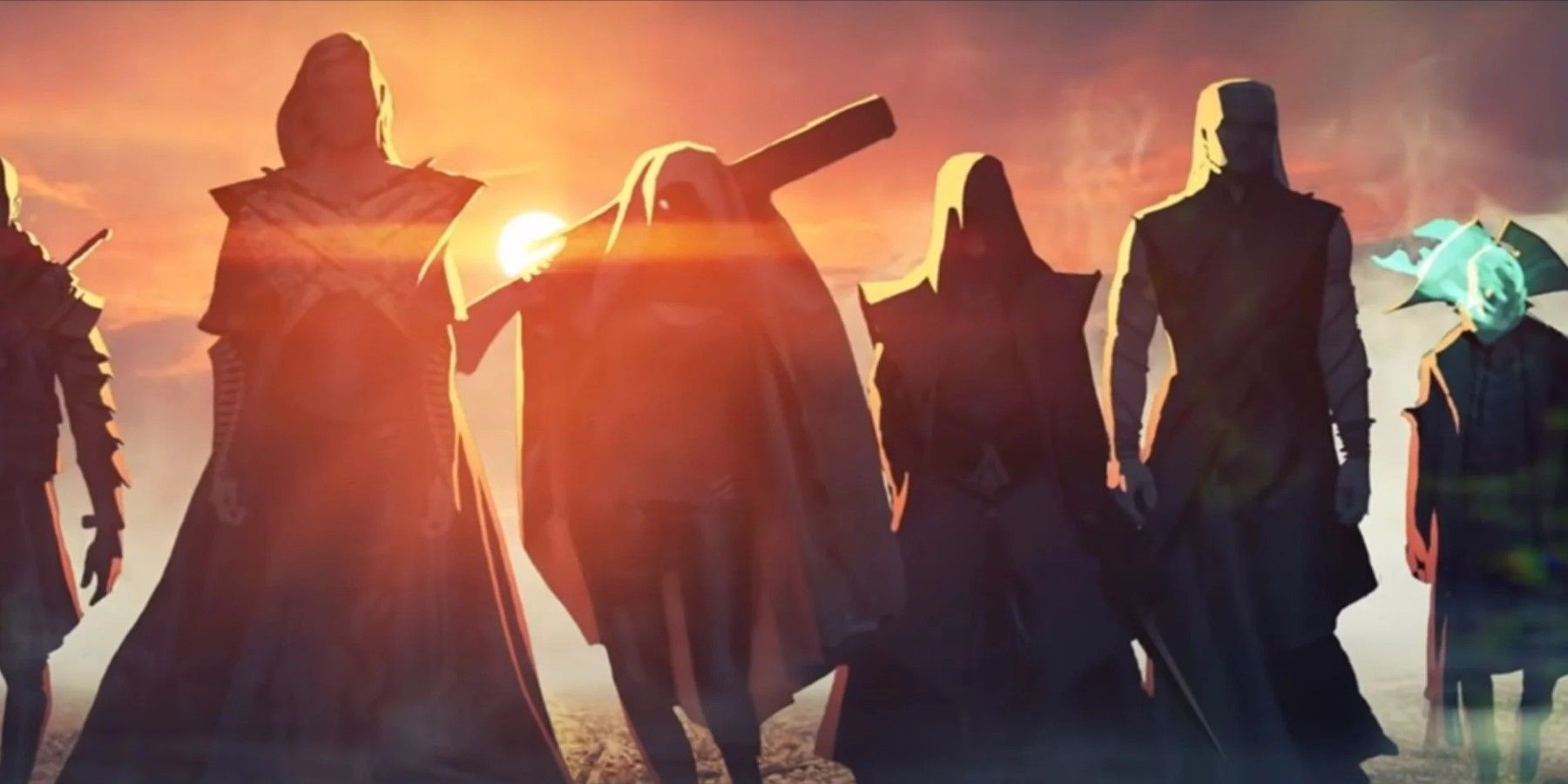Spirits are one of the most interesting and misunderstood parts of the landscape of Thedas, and there's a big chance that Dragon Age: Dreadwolf will use the opportunity of the discourse surrounding the Veil to expand on them as a group. Dragon Age: Inquisition made some massive leaps regarding spirits and their lore, but there's still so much untapped potential that needs to be explored, such as where they come from, what they know, and their very natures that Dragon Age: Dreadwolf can explore.
Dragon Age: Inquisition shook up much of the lore in Thedas, from the origins of the Veil and magic and the origins of dwarves to the elven pantheon and the nature of spirits. Spirits play a large role in Inquisition, and one of the core members of the Inquisition's inner circle, Cole, is a Spirit of Compassion. There's evidence that another companion, Solas, was also once originally a godlike member of the elven pantheon a long time ago; both characters give insight into the nature of spirits and demons, expanding on the definition of what they are far more so than the previous Dragon Age games.
The Chantry's Perspective on Spirits Isn't Universal in Dragon Age
The Chantry and the majority of Thedas teach that spirits and demons were the original creations of the Maker. Spirits are incapable of creative thinking, so they watch the mortal world and embody what they see from the Fade. When mages or mortals dream, the Fade and spirits reflect the minds of the dreamers. Because of this, the Chantry teaches that spirits are dangerous and need to be avoided, which has inadvertently led to misunderstandings between mortals and spirits throughout the Dragon Age series, leading to an increase in demons during these interactions.
Despite this, there are groups and cultures in Thedas that embrace spirits. One of the most prominent examples seen in the lore is the seers from Rivain, who are mages who communicate directly with spirits and sometimes allow themselves to be possessed. Dragon Age: Inquisition: Jaws of Hakkon featured the Avvar, a culture that embraces spirits as gods and allows their mage apprentices to be possessed by a spirit to serve as their teacher and are released upon completing their training.
Dragon Age: Dreadwolf Will Feature More Open-Minded Cultures
Dragon Age: Dreadwolf concept art features mortalitasi from Nevarra: death mages who summon spirits into corpses to reanimate them as if they were living once again. Tevinter Nights expands on the mortalitasi such as in the short story Down Among the Dead Men, which is a story that deals heavily with the motivations and goals of a spirit. Rather than depicting spirits as a purely malevolent or even neutral but unknowable force, the Dragon Age series has been creating cultures and representations of spirits that are more sympathetic and yielding than the harsher perspectives that came with Dragon Age: Origins and Dragon Age 2.
With the shift of the story to Thedas, which could theoretically include Nevarra too, there's a lot of possibility for the role of spirits in Dragon Age: Dreadwolf, both on a cultural level and if Solas' plan succeeds and he brings down the Veil. And, while there's the possibility of Cole's return in Dragon Age: Dreadwolf, a lot of the concept art has featured a character that looks like a body possessed by a spirit, much like Justice in Dragon Age: Origins: Awakening. If so, this could offer an opportunity to learn more about Nevarra's cultural attitudes towards spirits, as well as the chance for another spirit or spirit-possessed companion, which has been the case for every Dragon Age game in Wynne, Justice, Anders, and Cole.
Dragon Age: Dreadwolf is in development.

